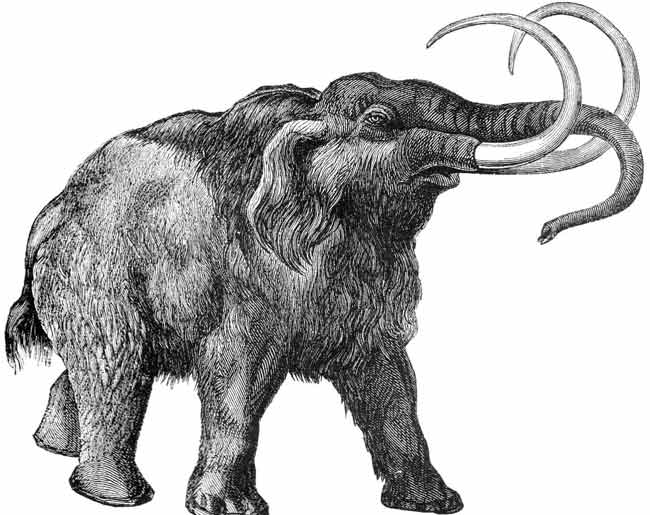South Carolina Gets State Fossil Despite Creationist Pushback

Thanks to the efforts of a history-obsessed third-grader, South Carolina now has a state fossil — the Columbian mammoth.
Opposition from creationist state legislators had stalled the initiative, but Gov. Nikki Haley made the state fossil official with her signature on Friday (May 16).
"That was history of South Carolina that would've been lost if I hadn't done something about it," 8-year-old Olivia McConnell told the Associated Press this week.
In letters to her local representatives earlier this year, Olivia had asked that the mammoth be made the state fossil, highlighting the beast's importance to South Carolina history. Teeth from the species, which went extinct some 12,500 years ago, were dug up by slaves in a South Carolina swamp in 1725; these specimens were among the first vertebrate fossils discovered in North America.
A bill to make Olivia's request official was first introduced in January to the state House, where it was passed and sent to the state Senate. Legislators in the state Senate, however, tried to tweak the bill. One version was amended to read as follows:
"The Columbian Mammoth, which was created on the Sixth Day with the other beasts of the field, is designated as the official State Fossil of South Carolina and must be officially referred to as the 'Columbian Mammoth,' which was created on the Sixth Day with the other beasts of the field."
The version of the bill that eventually passed through the legislature was free of any such biblical language.
Get the world’s most fascinating discoveries delivered straight to your inbox.
A majority of U.S. states have their own official fossil — many of which are far older than the Columbian mammoth. Triceratops, which roamed Earth 68 million years ago, is the mascot for South Dakota, the 150-million-year-old Stegosaurus represents Colorado, and Eurypterus remipes, a 400-million-year-old relative of the extinct sea scorpion, is the state fossil of New York.
Follow Megan Gannon on Twitter and Google+. Follow us @livescience, Facebook & Google+. Original article on Live Science.



